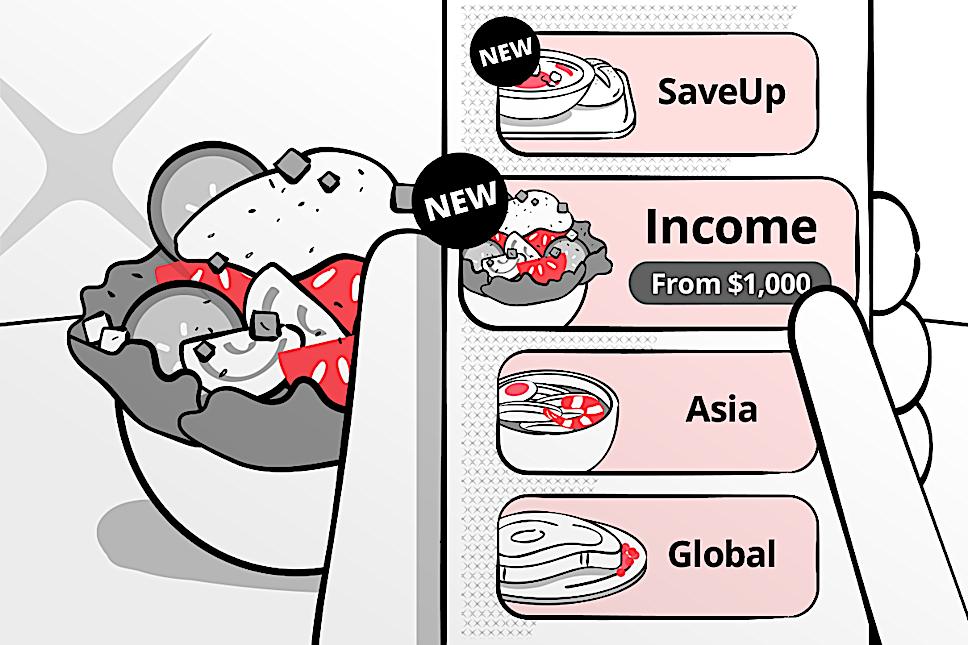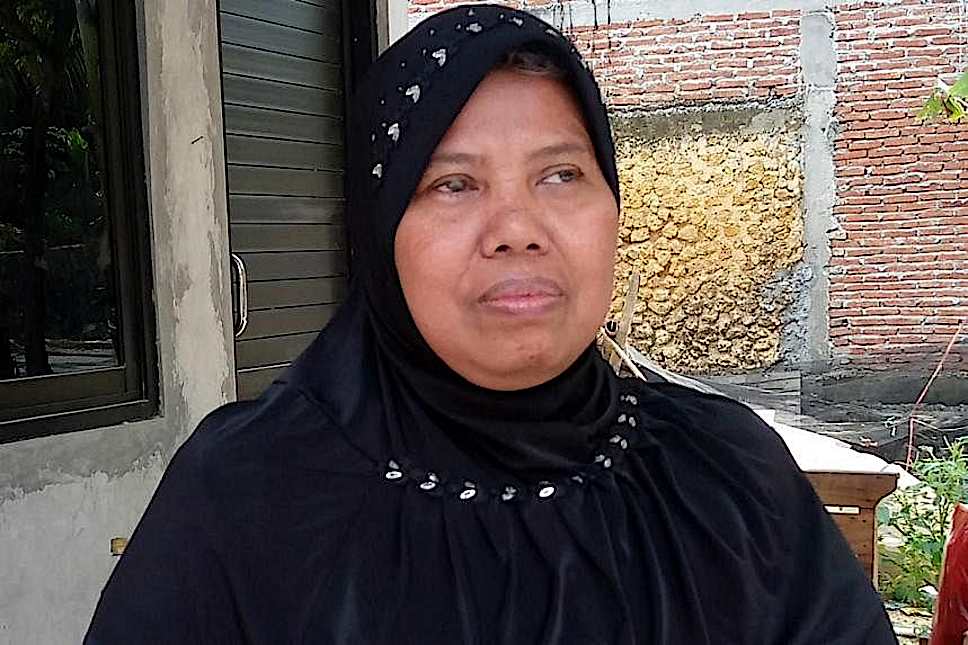Home Ground
BTO flat prices too high? No, it’s runaway resale flat prices we have to watch out for
Record-high prices for HDB resale flats have fuelled anxiety over rising housing prices across the board. In fact, new BTO flat prices in non-mature estates have held constant – but can this continue forever?

The same month the news was all about how crazy-expensive Housing Board prices have become, a young man I know shared in a group chat the price list of a new executive condominium project in Tengah. A three-bedroom deluxe unit, sized at 936 sq ft, would be $1.18 million, or $1,260 per sq ft (psf).
He added with a laughing emoji: “3x the price of my bto.” His Tengah Build-To-Order flat, due for completion in 2023 or 2024, is 990 sq ft and costs $380,000. After grants, he and his fiancee will pay $350,000. After a couple of unsuccessful tries for a more centrally located flat, they had gone for the new estate of Tengah, close to where they both live in the western part of Singapore.
Their profile would fit that of a poster couple for the HDB. In multiple news reports and advertisements, the board reminds Singaporeans that BTO flats remain affordable.
Regular news reports, however, stoke anxiety over high HDB flat prices, with references to record resale flat prices as well as record-high rental rates. A new round of cooling measures, introduced in late September, aims to cool demand for resale flats. Private property owners who sell their homes will have to wait 15 months before being able to buy an HDB resale flat. HDB loan criteria have also been tightened.
Reading the array of views on this issue over the past month, I wondered if the few young couples I know, who are quietly elated at getting BTO flats at affordable prices, are anomalies or representative of many young couples.
BTO flat prices: Too high or still affordable?
When discussing affordability, two common indicators are the mortgage servicing ratio and price-to-income ratio.
On the first, HDB has said that most first-time home buyers of BTO and resale flats use less than a quarter of their monthly income to service their HDB loans. As Central Provident Fund contributions are typically above 25 per cent of salary, this means that most home buyers can use their CPF to service their loans fully. The 25 per cent cap compares well internationally, where home prices are considered affordable if repayments make up less than 30 per cent to 35 per cent of income.
But HDB could convince more Singaporeans about the affordability of flats if it gave more precise figures rather than saying that “most” buyers use less than a quarter of their incomes; and if it gave a more granular breakdown of the mortgage servicing ratio.
Next: the price-to-income ratio. In Singapore, the median price of a four-room BTO flat in a non-mature estate is about four times the median annual household income, assuming the buyers are a couple with a combined salary of about $6,500 a month. This means the HDB flat costs about four years of their salary. The ratio in cities such as London, Los Angeles and Sydney is eight to 15 times.
If the couple have a combined salary of $5,000, just under the 30th percentile in resident household incomes, the price-to-income ratio is about five times. In Hong Kong, such a couple would have to fork out 20 years of income for a home. These figures were cited by National Development Minister Desmond Lee in Parliament in October.
According to HDB, the median prices in the first nine months of 2022 for BTO flats in non-mature estates were $228,000 for three-room flats, $347,000 for four-room flats and $473,000 for five-room flats.
While useful, these figures reflect only prices of BTO flats in non-mature estates. Giving similar data on the price-income ratio of all BTO flats, and BTO flats in mature estates, will provide a clearer picture of affordability.
Are mature estate BTO flat prices beyond the reach of young couples?
In the August 2022 BTO launch, four-room flats in the mature estate of Ang Mo Kio and the central Bukit Merah estate were priced from about $530,000.
Based on the median couple’s income of $6,500 used in the ratio for non-mature estates, that yields a price-to-income ratio of 6.8 – which is still low compared with many Asian cities.
In fact, according to a 2022 report on housing attainability in the Asia-Pacific region by the Urban Land Institute, HDB homes in Singapore are the most affordable among major Asian cities, with a median price to median annual income ratio of about 4.5 times. Singapore private property prices are about 13 times annual incomes, compared with about 30 times in Hong Kong, about 17 in Tokyo, and 27 in Beijing.
The institute, a Washington-based organisation with regional offices, links a global network of real estate and land use experts. The same report noted that Singapore HDB households pay the smallest fraction of median income on their mortgage repayments and property tax – 19 per cent, compared with 61 per cent in Tokyo and more than 100 per cent in Beijing and Hong Kong, which effectively means the average home is out of reach for those with median incomes in Beijing and Hong Kong, as repayments would eat up their entire salary. The report also noted that HDB flat sizes, averaging 98 sq m, “are nearly twice the size of private housing units in Hong Kong and 44 per cent larger than units in Seoul”.
The above figures together paint a broad, comforting picture of home price and median income trends in Singapore. They do not lie. But they may not reflect the actual experiences of home buyers in the Republic, especially those with below-median incomes or those who buy flats priced above the median.
For those with below-median incomes, help is available on two fronts – grants to lower flat prices, and a nationwide effort to raise wages for less-skilled workers.
Another group feeling the pinch are those applying for high-priced BTO and resale flats in central locations. Perhaps they have parental support to be able to afford a $700,000 five-room flat while still in their 20s. In any case, I don’t think they need public help or more subsidies. They should downsize their ambitions or work harder to achieve them.
The group the Government has to pay the most attention to right now are those who are not eligible or able to apply for a BTO flat and instead need to buy a resale one. They could be downgraders, families who cannot wait for BTO flats for personal reasons, singles and non-citizens who do not qualify for a BTO flat.
The latest round of cooling measures to rein in runaway resale flat prices should be good news for this group. But I think more can be done via interim measures to help them get housing at affordable prices. One option is to expand the range of rental flats available to help them over this period of tight supply and high prices.

Resale flat prices: the engine pulling the BTO train
Rather than over-focus on BTO flat pricing – which is more within the Government’s control as it can raise subsidies to keep prices affordable – I think more attention could be paid to the spiralling prices in the HDB resale market. The HDB market is complex, because there is a public housing BTO component hitched to the resale market. The resale market has a habit of running away in response to market factors. Each time the resale market jerks, the BTO segment gets tugged along.
The price of resale flats has gone up 11.4 per cent compared with a year ago, rising 7.8 per cent in the first nine months of 2022 alone.
Home prices are rising from pent-up demand owing to delayed construction of new homes during the Covid-19 pandemic, and the reopening of borders to an influx of returning residents and foreigners settling in Singapore.
Despite this, BTO flat prices remain stable: the average price of a new four-room flat in a non-mature estate has remained relatively stable at $341,000 in 2019, and $348,000 in the first three quarters of 2022.
The main reason why prices are stable when HDB flats cost more to build – as development costs for BTO flats would have risen in tandem with higher resale flat prices – is that BTO flats have been getting more government subsidies to keep them affordable. So stable BTO prices are good news for home buyers, but they come at the expense of the public purse.
Sure enough, HDB’s deficit nearly doubled to a record $4.367 billion in the financial year ended March 31, from $2.346 billion the year before.
The bulk of the record deficit – $3.85 billion – was from its home ownership programme and was due to the gross loss for flats built and sold, and disbursement of the CPF housing grant. Gross loss is calculated by taking the sales proceeds from flats, and then deducting the cost of sales (development costs comprising land cost, which is based on payments made to the Singapore Land Authority as valued by the chief valuer, construction cost, borrowing and other development costs) and housing grants to flat buyers.
On gross loss, HDB said that in fiscal year 2021 (from April 2021 to end-March 2022), the gross loss was $659 million for sales completed, for flats whose keys were issued to buyers. This is an 85 per cent increase from the gross loss of $356 million in FY2020. This was mainly due to the higher number of sales completed in FY2021 (13,506 units) than in FY2020 (8,124 units), according to HDB. Another $2.262 billion is earmarked to cover losses for flats currently under development, as more flats are built, and to cover construction delays.
A back-of-the-envelope calculation would show that the average gross loss per completed flat in FY2021 was $48,793, and that in FY2020 it was $43,821. In other words, the average gross loss per flat rose by nearly $5,000 in a year, or 11 per cent.
While some commentators think that BTO flats are becoming unaffordable, I think the figures highlight the opposite problem, which is whether BTO flat prices are being priced at a sustainable level or whether ever-growing subsidies are going to be needed and to what extent these are justified. If the gap widens between BTO flat prices and market prices of flats, HDB will incur higher gross losses per year, and more subsidies will be needed to keep BTO prices down. Who benefits? The BTO flat owners who flip their flats after the five-year minimum occupation period for a profit. Some double their money; profits of around 60 per cent have been common in recent years, according to an article on the stackedhomes.com website. In the Tengah example at the start of this article, a BTO flat is one-third the price of an executive condominium – even accounting for the swimming pool and other recreational facilities offered by an exec condo, the gap is huge, suggesting considerable consumer surplus for BTO flat buyers.
What we are seeing today is the resale market reaching dizzying heights, and the BTO market being held down by increased subsidies. It is not BTO flat prices that need tamping down; it is the resale flat prices, buoyed by short-term demand, a supply crunch from construction delays, and unrealistic expectations of ever-rising asset flat prices even as the flats age. Tackling the problem of over-priced, middle-aged, mature-estate HDB flats is going to be a much bigger headache than keeping BTO flat prices affordable.
Join ST's Telegram channel and get the latest breaking news delivered to you.








No comments:
Post a Comment